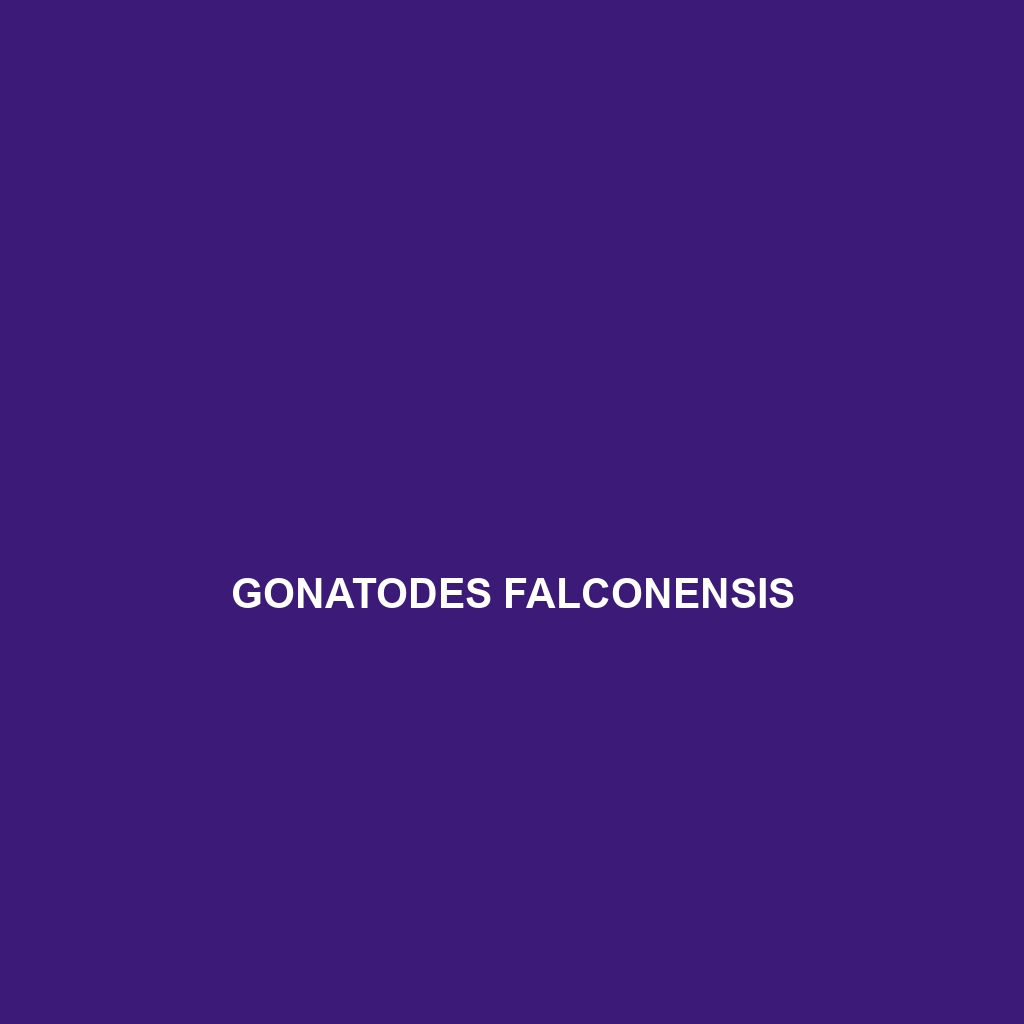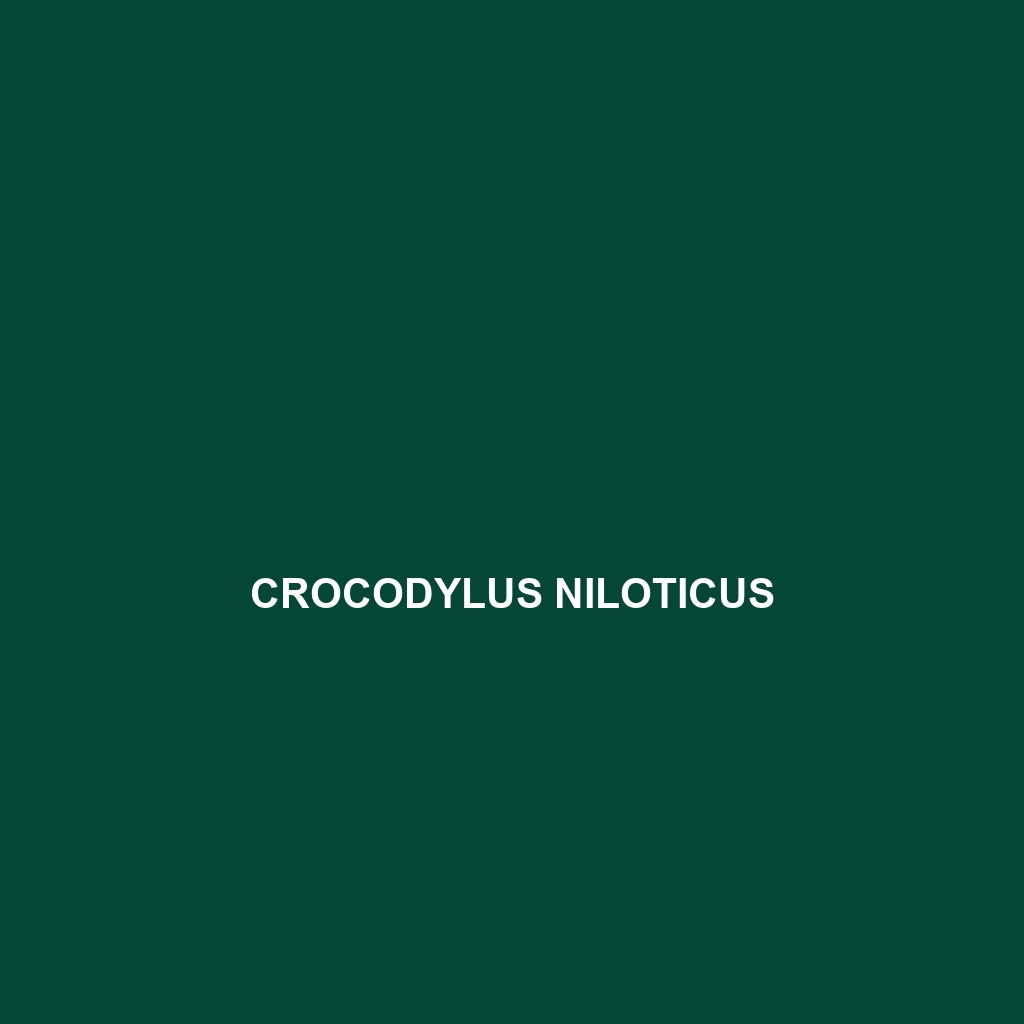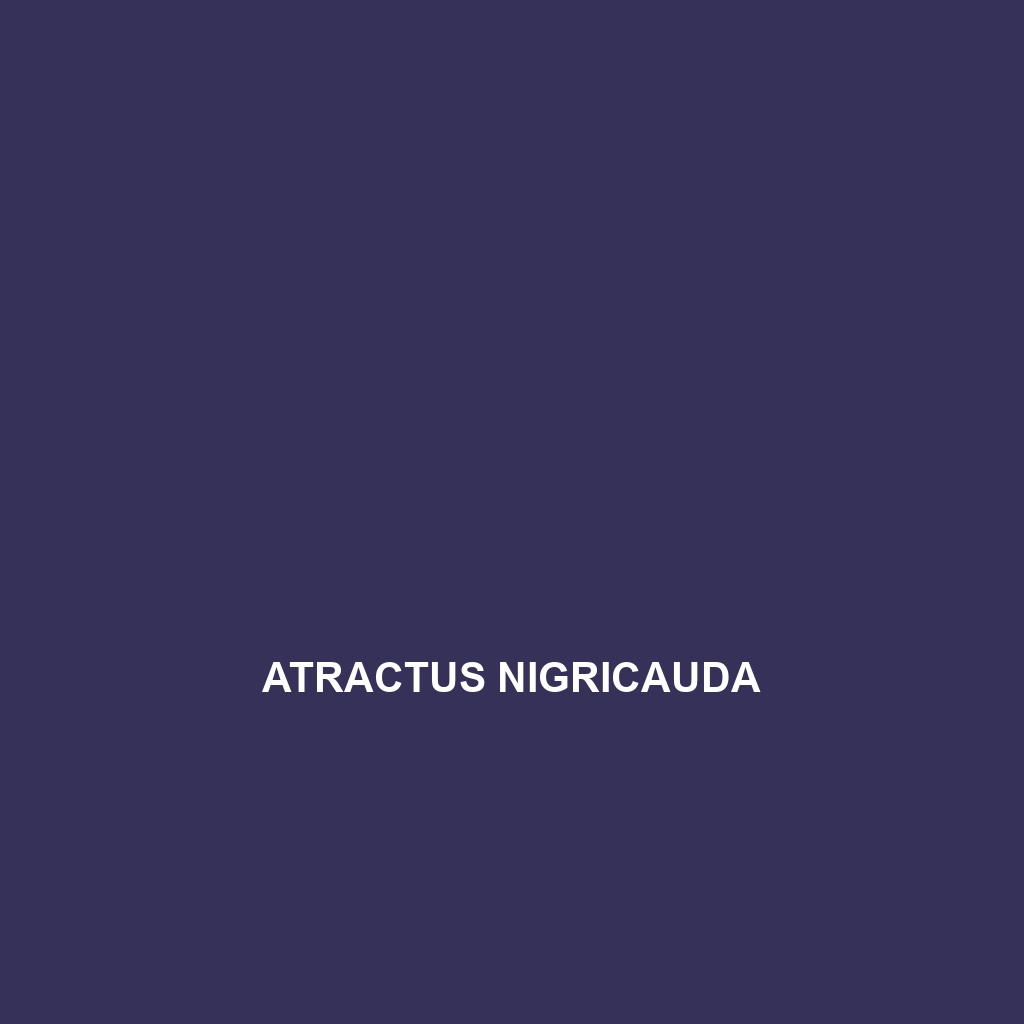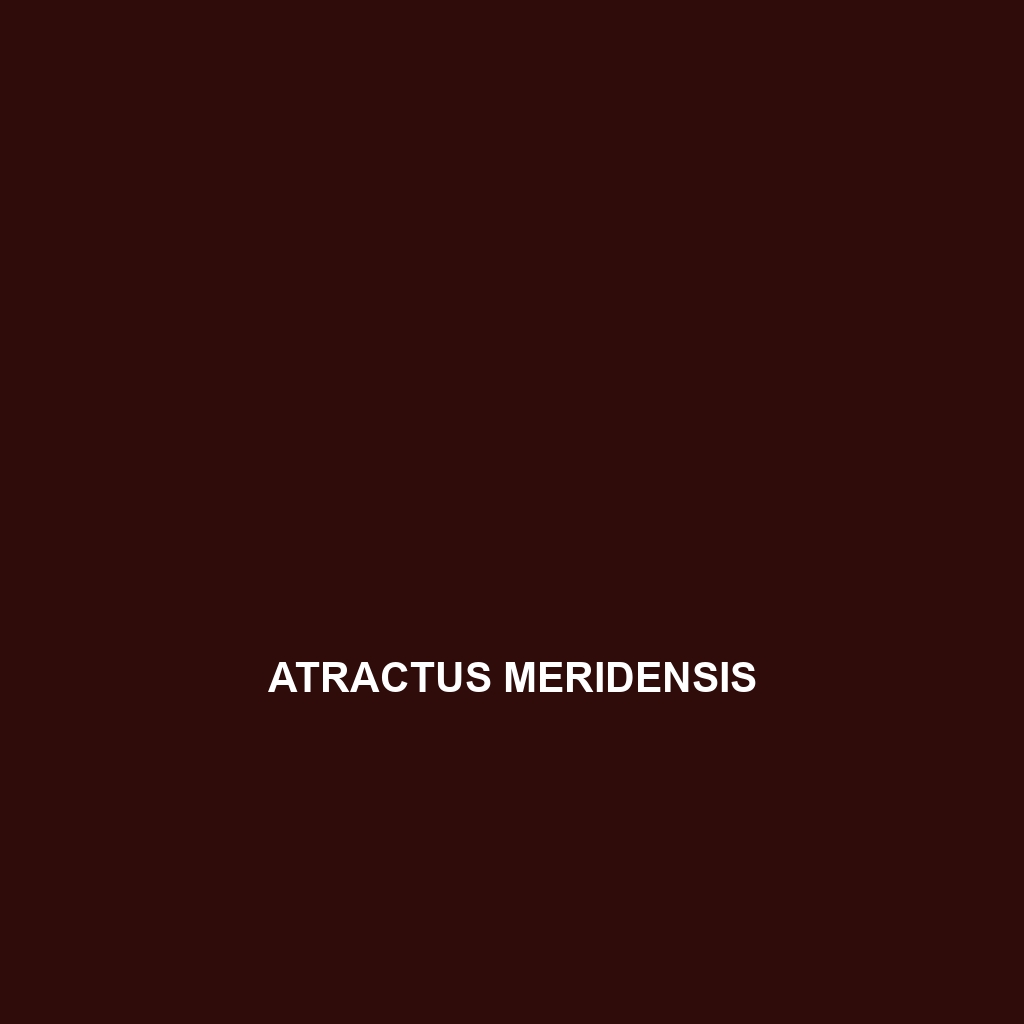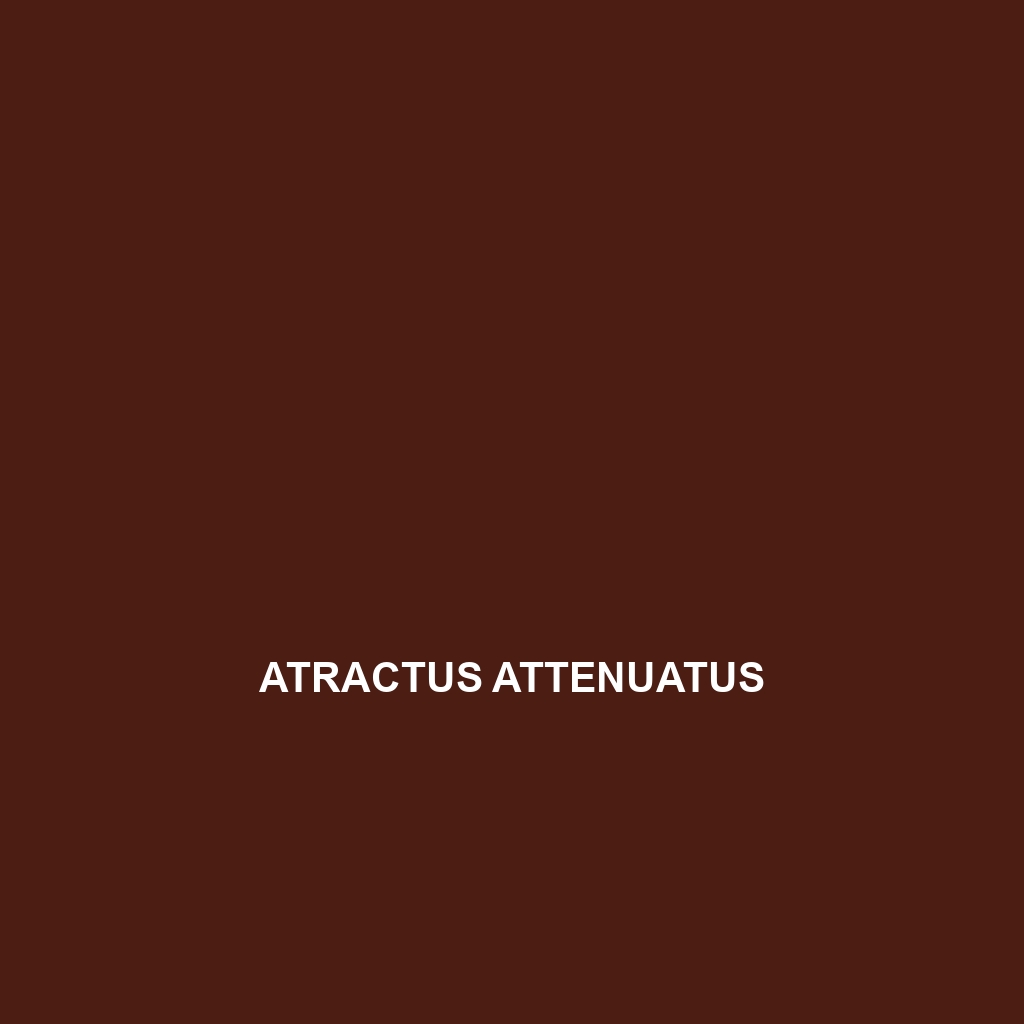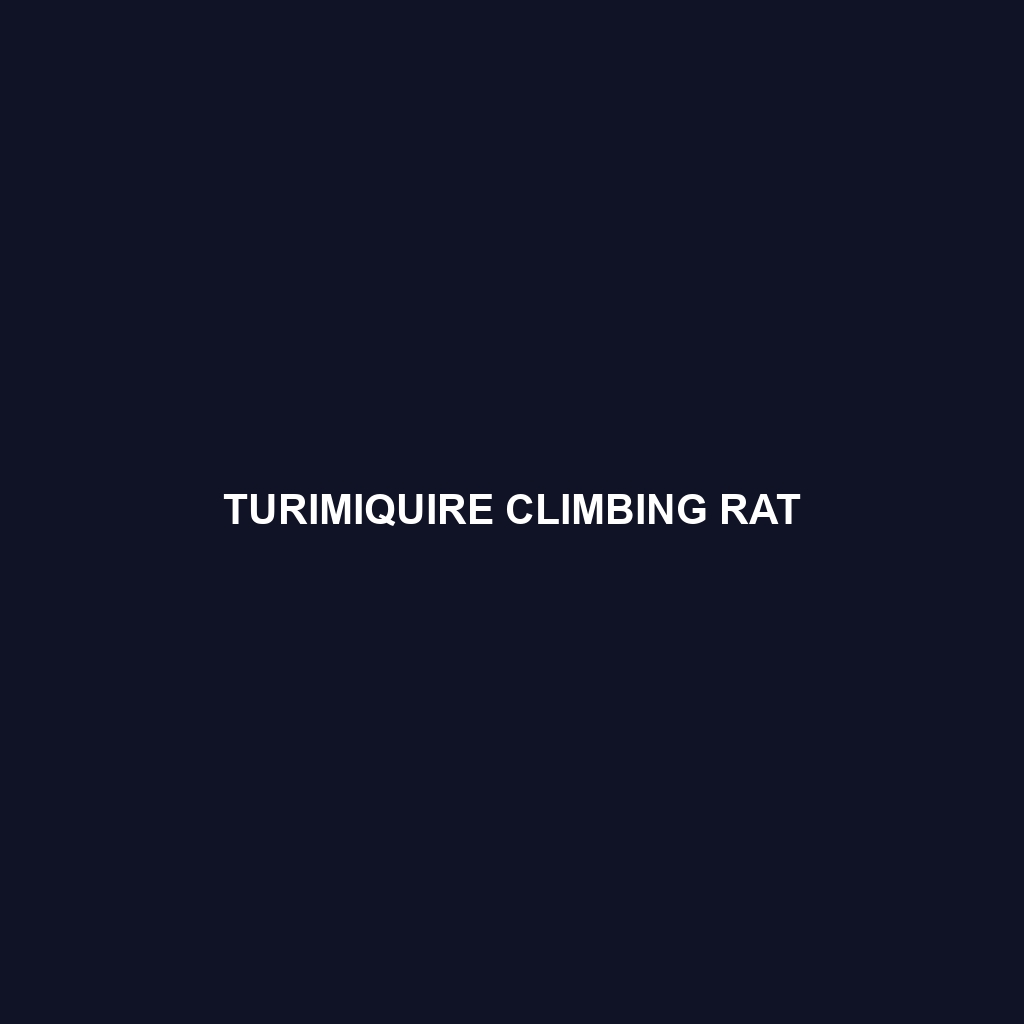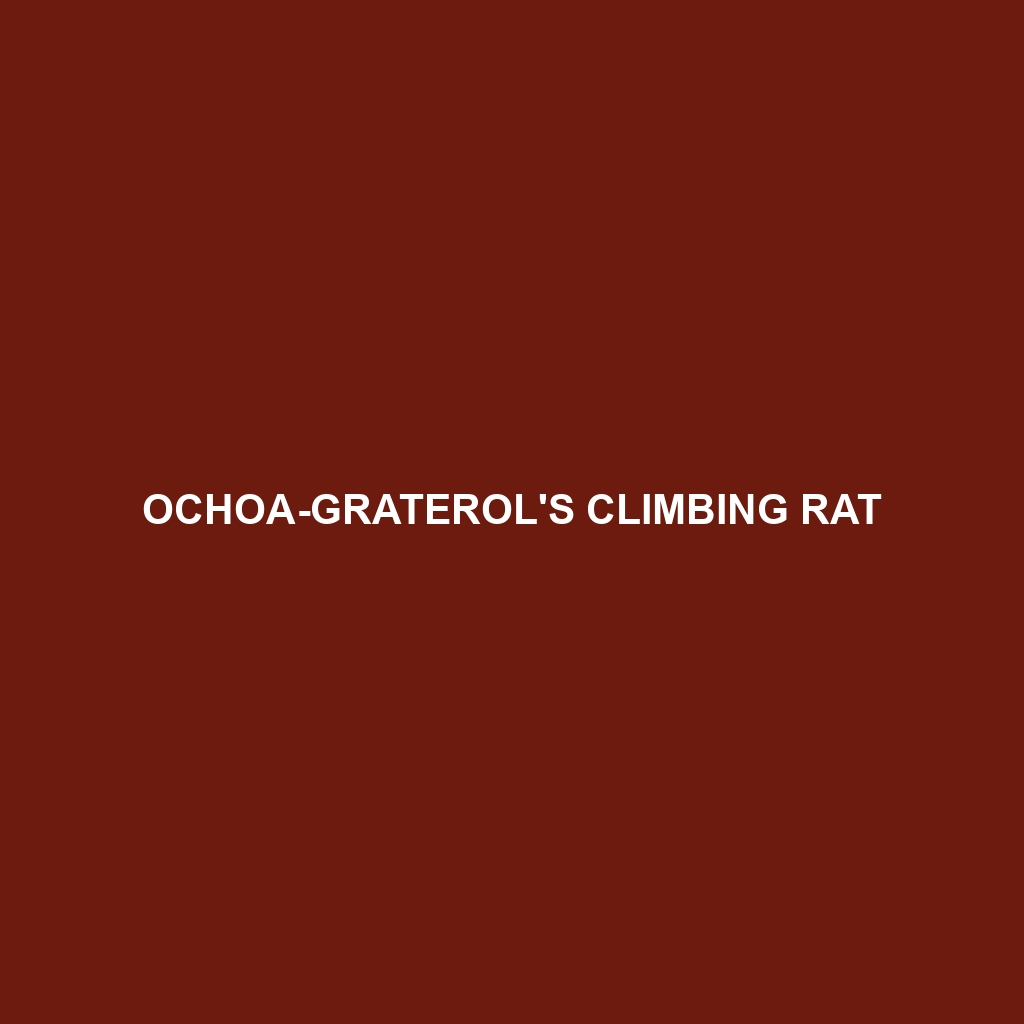Discover the stunning Gonatodes falconensis, a vibrant lizard native to the rainforests and semi-arid savannas of Falcon State, Venezuela. With its remarkable color variability and nocturnal behavior, this insectivorous species plays a vital role in maintaining ecological balance.
Tag: Venezuela wildlife
Crocodylus intermedius
<p>Discover the <b>Orinoco crocodile</b> (<i>Crocodylus intermedius</i>), a critically endangered species native to the Orinoco River's freshwater ecosystems in Colombia and Venezuela. This powerful predator reaches lengths of up to 5 meters and plays a vital role in maintaining aquatic biodiversity.</p>
Atractus marthae
Atractus marthae, or the Marth’s snake, is a slender, nocturnal species native to the rainforests of Colombia and Venezuela, characterized by its dark brown or black striped pattern on a beige background. This vulnerable species plays a vital role in its ecosystem by controlling invertebrate populations and relies on camouflage for protection in its lush, biodiverse habitat.
Atractus steyermarki
Discover the Atractus steyermarki, or Steyermark's snail-eater, a vulnerable snake species native to the tropical rainforests of Venezuela and the northern Andes. This nocturnal predator, measuring 30 to 50 cm, plays a crucial role in its ecosystem by controlling snail populations and thrives in humid environments rich in leaf litter and debris.
Atractus nigricauda
Atractus nigricauda, commonly known as the black-tailed snake, is a slender, non-venomous species native to the tropical rainforests of South America, primarily Colombia and Venezuela. This nocturnal serpent, known for its unique coloration and secretive behavior, primarily feeds on small invertebrates and is recognized for its role in maintaining ecological balance within its moist forest habitat.
Atractus meridensis
Discover the fascinating <i>Atractus meridensis</i>, a small, non-venomous snake native to the montane forests of the Andes in Colombia and Venezuela, characterized by its striking brown and black banding. This secretive, nocturnal species plays a critical role in its ecosystem by controlling invertebrate populations while facing challenges from habitat loss and deforestation.
Atractus atratus
Discover Atractus atratus, the striking "black earth snake" found in the tropical rainforests of South America, notable for its slender body, shiny black coloration with yellow or white markings, and its essential role in controlling invertebrate populations. This nocturnal and docile species thrives in humid environments, contributing to the ecological balance of its habitat.
Turimiquire Climbing Rat
Discover the intriguing Turimiquire Climbing Rat, a unique rodent thriving in the tropical forests of Venezuela's Sierra de Turimiquire. With its agile climbing skills, distinctive physical characteristics, and crucial role in seed dispersal, this vulnerable species faces threats from habitat destruction. Explore the fascinating behaviors, diet, and conservation efforts vital to ensuring its survival in an ever-changing environment.
Ochoa-Graterol’s Climbing Rat
Discover the fascinating Ochoa-Graterol's Climbing Rat, a medium-sized rodent native to the cloud forests of the Andes Mountains in Venezuela. With its unique adaptations for climbing, this nocturnal species plays a crucial role in its ecosystem through seed dispersal and maintaining forest health. However, habitat loss poses a significant threat, leading to its vulnerable conservation status.
